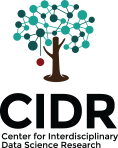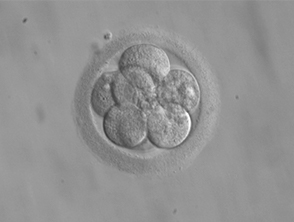by Sondra Turjeman
Models are used in nearly every field of research to better understand complex processes, but often times, interesting or scientifically important phenomena are overlooked. Computational models contain a set of parameters, and each parameter’s effect on the outcome is usually known; however, interactions between parameters are often neglected. Interactions between two or more parameters may amplify (or diminish) effect size, and these interactions may not be linear.
Until recently, researchers wishing to explore such interactions had to tests multiple combinations of factors throughout the parameter range either in the lab or through a set of simulations followed by manual validation. They were often looking for a subjectively “interesting” pattern that related to specifically formulated hypotheses, without giving much thought to completely novel patterns. As models become more complex, there is a need for their thorough, systematic exploration, ideally using an automated tool.
Thus, PhD candidate Michael Doron of the ELSC Brain Sciences Center and School of Computer and Engineering, along with his advisors Dr. Dafna Shahaf and Prof. Idan Segev developed a tool to automatically explore models. The idea was to build a general tool that could automatically explore any model by randomly sampling combinations of factors to identify non-linear phenomena in their interactions. These phenomena would then be output to researchers who could decide if they might be relevant avenues for future research. Ideally, the model wouldn’t only uncover suspected anomalies but rather present a broad set of anomalies, many yet overlooked by researchers.
Doron succeeded in developing Hint (Hessian INTerestingness)1 which identifies “interesting” interactions based on their non-linearity as measured with Hessian matrices. Hint is available as an open source code and has already been applied in fields ranging from neuroscience to environmental sciences.
In his own research, Doron has applied this tool in several projects with the main aim of validating previously proposed models in the field of neuroscience. For example, he was able to identify the same effect of timed inhibition on the dendritic NMDA spike using Hint that he had previously uncovered through sets of complex simulations2, highlighting the utility of a generalist, automatic exploration tool like Hint.editing, they turn out incredibly successful.”
Doron’s overarching aim when developing Hint was to make a general enough tool for a range of fields that could accurately automate the process of data exploration. Hint can be used to identify unexpected patterns leading to novel research directions that might never had been pursued without the ability to automatically search a wide range of interactions. Applications across fields are as numerous as the models that populate scientific research and this tool’s potential is endless.
Works Cited
1. Discovering Unexpected Local Nonlinear Interactions in Scientific Black-box Models , Michael Doron, Idan Segev and Dafna Shahaf, KDD ’19 (Source: https://github.com/MichaelDoron/HINT )
2. Doron, M., Chindemi, G., Muller, E., Markram, H., & Segev, I. (2017). Timed synaptic inhibition shapes NMDA spikes, influencing local dendritic processing and global I/O properties of cortical neurons. Cell reports, 21(6), 1550-1561.
Original interview excerpts have been translated from Hebrew.






